When to comes to mezcal production, data collection is usually an exercise in patience.
Earlier this year we did a breakdown of sales numbers in the mezcal market for 2023 as well as a comparison look over four years. I finally got ahold of the 2023 production numbers compiled by COMERCAM and it is pretty interesting, though not surprising per our earlier reporting.
First some top line stats.
- 96% of certified mezcal is done by COMERCAM
- 408 mezcal brands exported to external markets
- 265,000 people directly (55,000) or indirectly (210,000) employed in the mezcal industry
- 125,000 families involved in the sector
- 12,239,655 liters of mezcal produced in 2023
Production details
In 2023, mezcal production decreased by 13.6% from 2022 but was still more than 46% above total production in 2021 which points to the dramatic increase that happened in 2022, and as the graph below shows, how much of an anomaly that year was.
Oaxaca led total mezcal production with 90.5%, followed by Puebla with 4.94% of the production. Michoacan and Durango followed with slightly more than 1% of production totals with five other DO states producing less than 1%. It is interesting to see just how much production has risen in Puebla and how it has fallen in other states, which might be due to producers using one of the other mezcal certifiers.
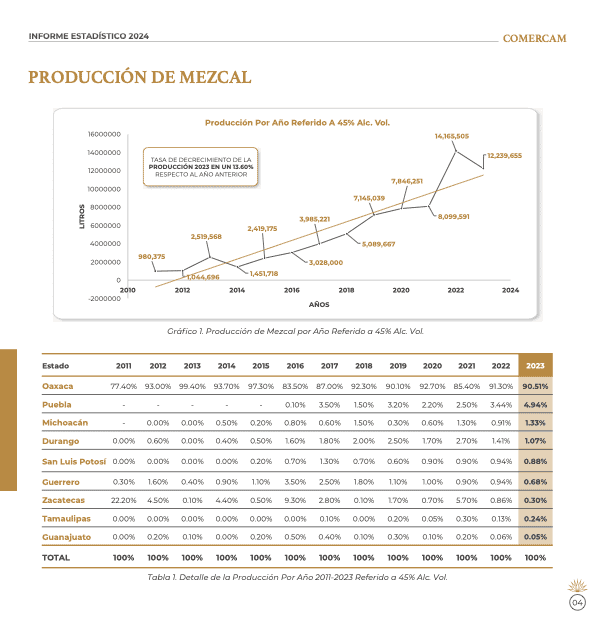
The vast majority of mezcal production is in the Artesanal Category at 93.7%. Ancestral makes up only .35%, likely due to much of the mezcal that would fall into that category not being certified mezcal. The Mezcal category, which is primarily more industrial mezcal makes of 5.94% of production totals. Blancos or Jovens make up 97.37% of production, Abocados con make up 1.35%, and Destilados con, previously classified as Pechugas, make up 1.28% of production.
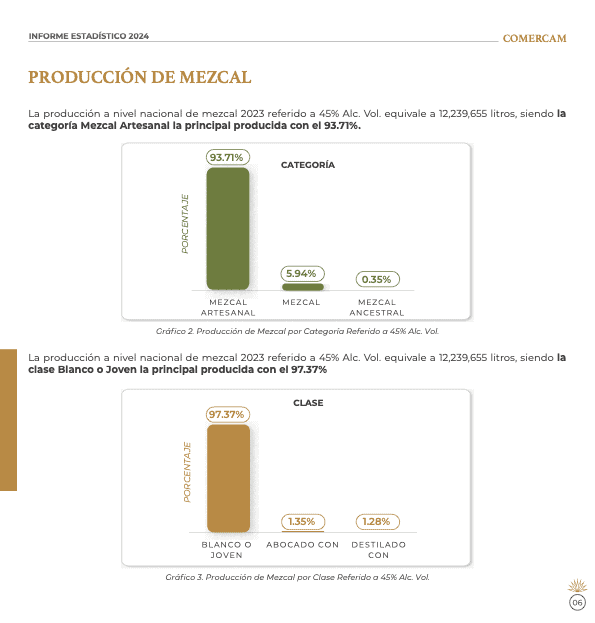
Espadín remains the number one agave used in production, comprising 86.31% of total production with Tobalá in second place with 2.42% of production. Ensambles of Espadín and Barril are 1.92% of production. Additional percentages of agave production can be seen in the below graph.
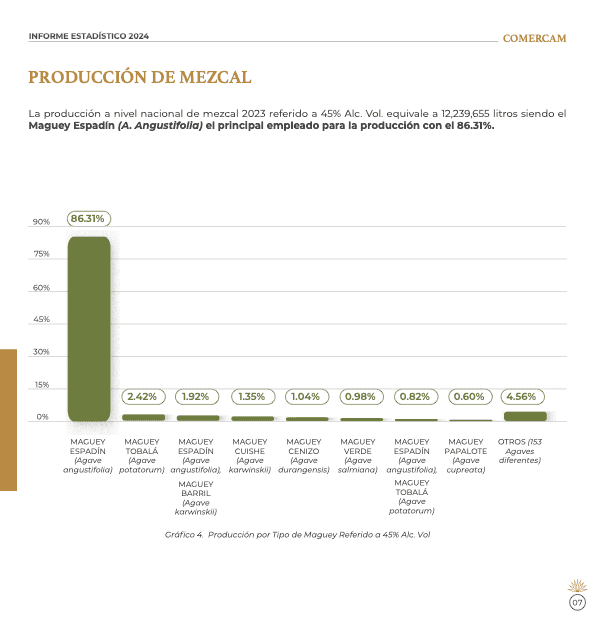
The market breakdown
What’s really interesting are the two graphs that show production for the national and international markets. Mezcal production for the national market decreased by 39% from 2022 and is just about flat with 2021 numbers. Production for the international market decreased by 8.35% from 2022, but remain well above 2021 numbers, about 36% higher. This clearly indicates more mezcal being diverted to international markets, whether that is from decreased demand in the national market, growing demand in the international market or combination of the two is the question.
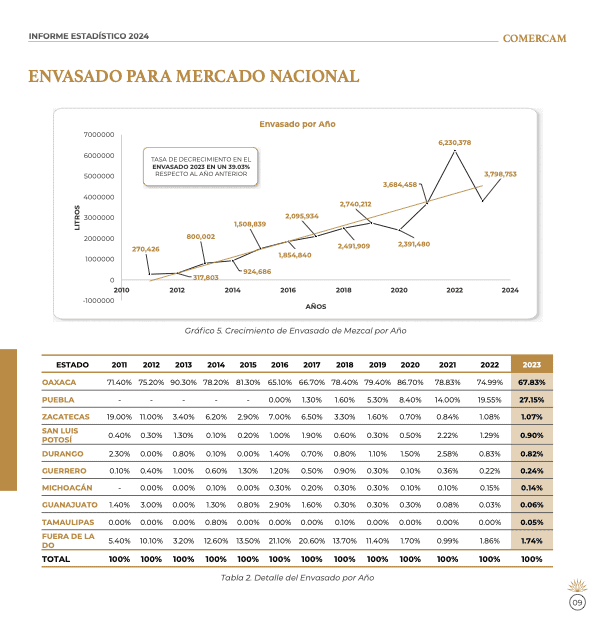
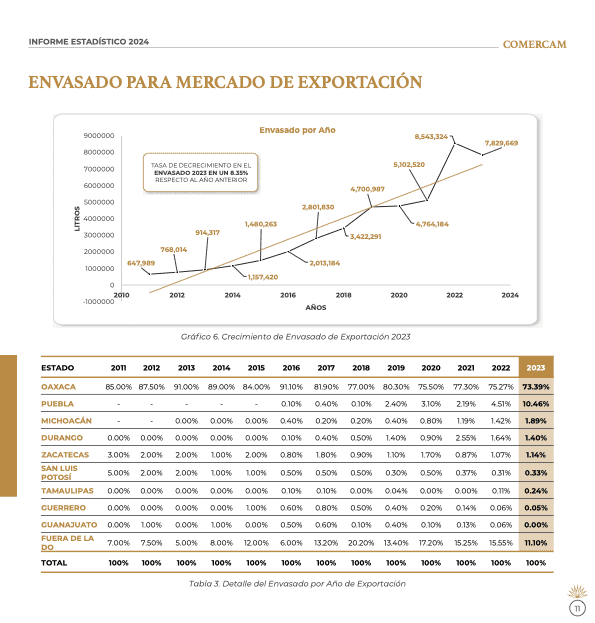
Thus far there are no preliminary production or sales numbers for either the first quarter or first half of 2024.
The full report can be seen below:

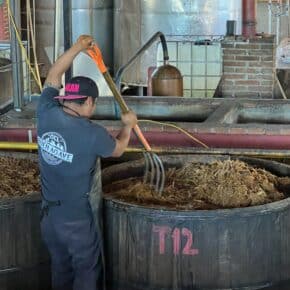











Leave a Comment